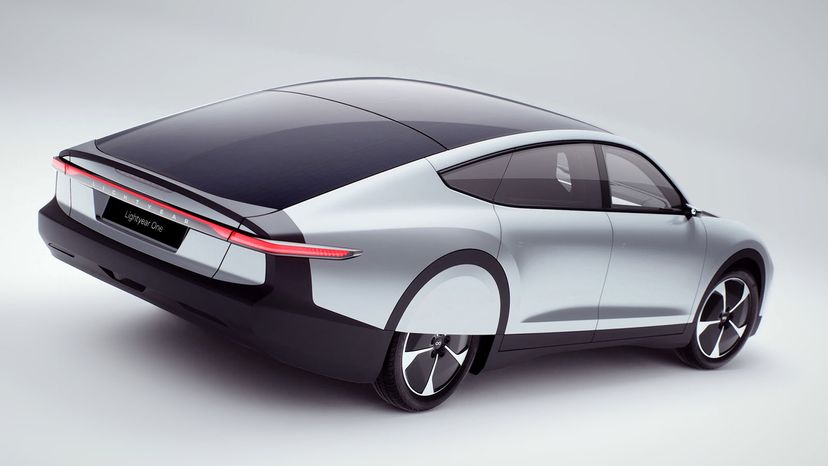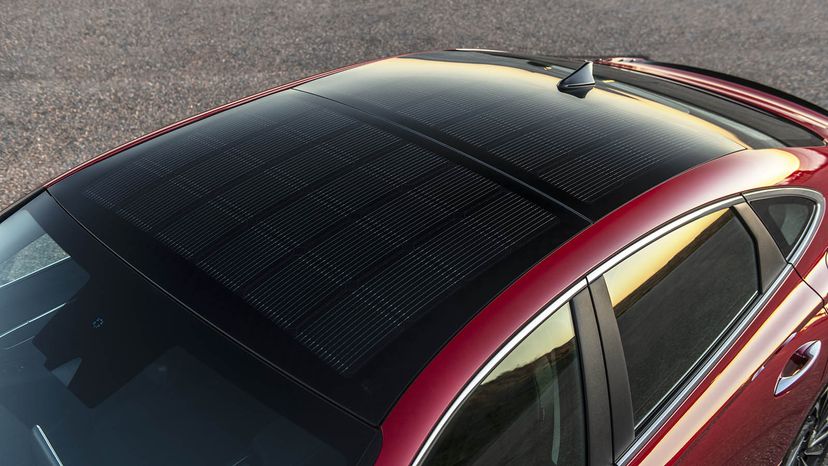
There may be no such thing as a free lunch, but what about a free ride? Think of how awesome it would be if your car could keep running without you spending a dime on fuel. If you drove a solar-powered car that dream could be a lot closer to a reality.
Much like solar-powered homes, solar cars harness energy from the sun, and then convert it into electricity. That electricity then fuels the car's powertrain, which is similar to the combination of an electric motor and battery-based energy storage that drives modern hybrid cars.
Advertisement
Solar cars can accomplish this through photovoltaic cells (PVC). PVCs are the components in solar paneling that convert the sun's energy to electricity. They're made up of semiconductors, usually made of silicon that absorb the light. The sunlight's energy then frees electrons in the semiconductors, creating a flow of electrons. That flow generates the electricity that powers the battery or the specialized motor in solar cars.
The earliest solar cars were DIY jobs that date back to the 1970s and were mostly designed and assembled in car enthusiasts' garages. Several other organizations experimented with race cars designed to take advantage of solar power. These helped engineers understand the potential — and the limitations — of collecting and storing solar energy, maximizing aerodynamics and identifying other challenges to running a car powered off the sun.
As for major auto manufacturers' contributions to the field, Ford and Mazda, notably, both introduced solar hybrid concept cars in the mid-2000s, and Cadillac designed a concept car that used solar panels to help power accessories like interior lighting and audio that typically draw off a car's electrical system (which, in turn, contributes to fuel consumption).
None of these concept cars made it to production, which means they were never available to consumers. After that, investment in solar car technology more or less went dark, at least as a mainstream pursuit.
On the upside, though, many automakers have shifted development resources toward making hybrid and plug-in hybrid cars more practical, efficient and affordable than ever. This, in turn, means it might be time to give solar cars another shot, though the new-generation solar cars on the horizon are more like hybrids that add solar power to the mix.
Advertisement

